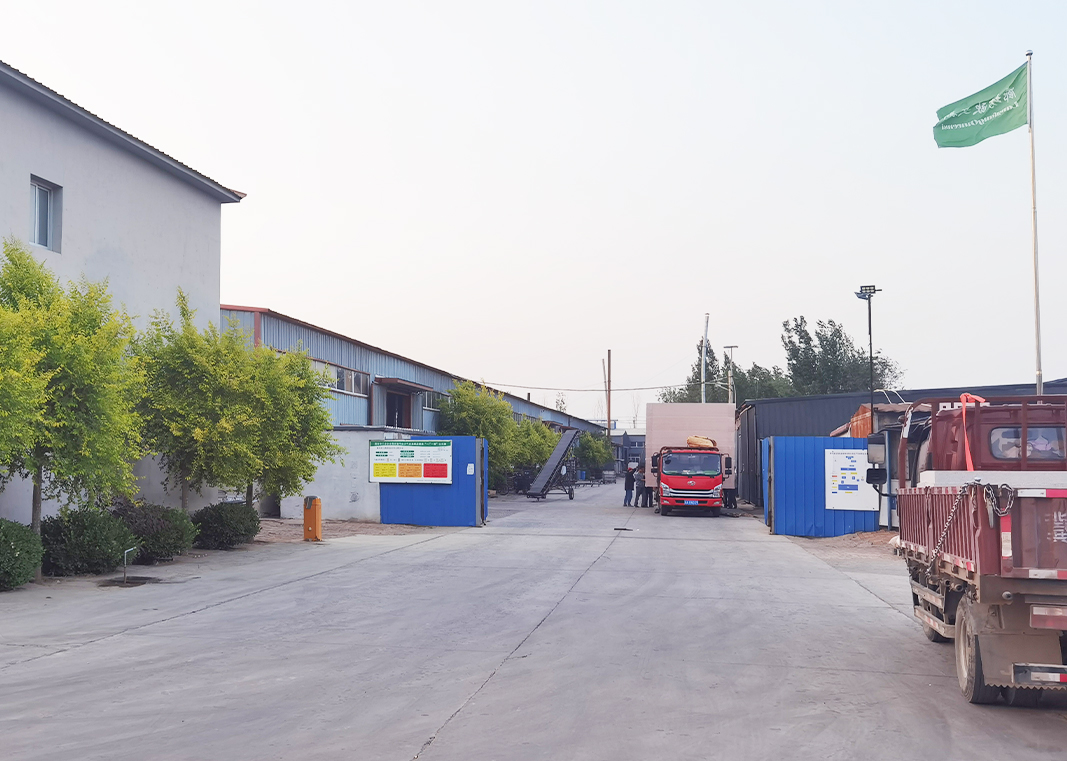
Jul . 30, 2024 00:54 Back to list
High Purity Rutile Titanium Dioxide for Superior Paint Applications and Enhanced Color Performance
The Significance of 98% Rutile Titanium Dioxide Paint Grade
Rutile titanium dioxide (TiO2) is a predominant pigment used in the paint and coatings industry due to its exceptional opacity, brightness, and durability. Among the different forms of TiO2, the rutile form, particularly when it reaches a purity level of 98%, plays a pivotal role in enhancing the quality and performance of paints. This article explores the importance of 98% rutile titanium dioxide paint grade, its properties, applications, and advantages.
Properties of Rutile Titanium Dioxide
Rutile titanium dioxide is known for its high refractive index, which enables it to scatter light effectively. It possesses excellent hiding power, allowing it to cover the underlying surfaces completely without requiring excessive amounts of pigment. The 98% purity level ensures that the material is largely free from contaminants that could affect its performance, resulting in a consistent and reliable product. Additionally, rutile titanium dioxide is chemically stable, non-toxic, and resistant to UV degradation, making it an ideal choice for exterior paints exposed to harsh environmental conditions.
Applications in Paints and Coatings
The primary application of 98% rutile titanium dioxide is in decorative and industrial paints. In decorative paints, it imparts a brilliant white color and provides excellent coverage, which is crucial for achieving the desired aesthetic appeal on walls and other surfaces. Industrial paints, which require higher durability and resistance to wear, also benefit from the inclusion of rutile TiO2. It enhances the longevity and performance of coatings applied to machinery, equipment, and structural components.
Moreover, this pigment is increasingly used in specialty coatings such as automotive paints, where gloss, color retention, and durability are paramount. Its ability to provide a smooth finish and robust protection against scratches and environmental factors makes rutile titanium dioxide a preferred choice among manufacturers.
Advantages of Using 98% Rutile Titanium Dioxide
98% rutile titanium dioxide paint grade

1. Superior Opacity and Brightness The primary advantage of utilizing 98% rutile titanium dioxide in paint formulations is its exceptional opacity. This allows manufacturers to use lower quantities of pigment, thus reducing costs and enhancing the application efficiency.
2. Chemical Stability Rutile TiO2 demonstrates excellent chemical stability, which translates to a longer shelf life and reduced risk of discoloration in the final paint product. This stability ensures that the colors remain vibrant and the finishes retain their integrity over time.
3. Environmental Resistance Paints formulated with 98% rutile titanium dioxide exhibit enhanced resistance to UV rays, weathering, and fading. This property is crucial, especially for outdoor applications, as it ensures that the colors remain as intended for extended periods.
4. Non-Toxicity As a non-toxic and environmentally friendly pigment, rutile titanium dioxide is compliant with various safety regulations. This characteristic aligns with the growing demand for sustainable and safe products in the coatings industry.
5. Versatility Rutile titanium dioxide is compatible with a broad range of binders and formulations. This versatility makes it suitable for various applications across different sectors, including home decor, automotive, aerospace, and industrial coatings.
Conclusion
In conclusion, 98% rutile titanium dioxide paint grade stands out as a crucial component in the paint and coatings industry. Its superior properties, combined with its wide range of applications and advantages, make it an indispensable ingredient for manufacturers seeking to create high-quality, durable, and aesthetically pleasing products. As industries continue to evolve and prioritize sustainability, the role of high-purity rutile titanium dioxide will likely become even more significant in driving innovation and performance in paint formulations.
-
Premium 6618 Titanium Dioxide for GPT-4 Turbo Applications
NewsJul.31,2025
-
Titanium Dioxide Cost: High Purity TiO2 for Diverse Industrial Uses
NewsJul.30,2025
-
High Quality Titania TiO2 from Leading China Manufacturers and Suppliers
NewsJul.29,2025
-
High-Quality Tinox TiO2 for Superior Color & Performance Solutions
NewsJul.29,2025
-
High Quality Titania TiO2 from Leading China Supplier & Manufacturer
NewsJul.29,2025
-
High-Performance r6618 TiO2 for Superior Whitening and Versatility
NewsJul.28,2025
